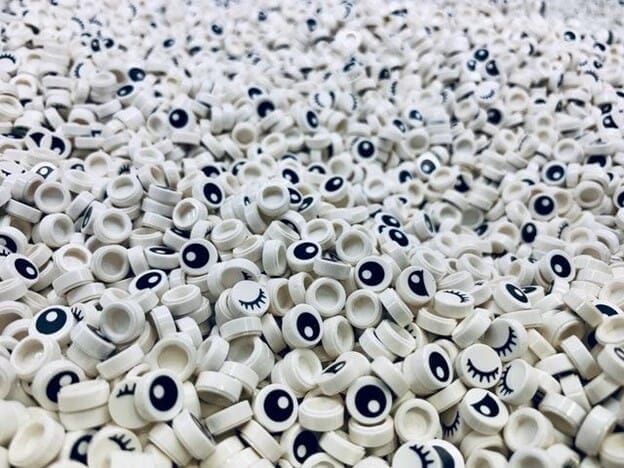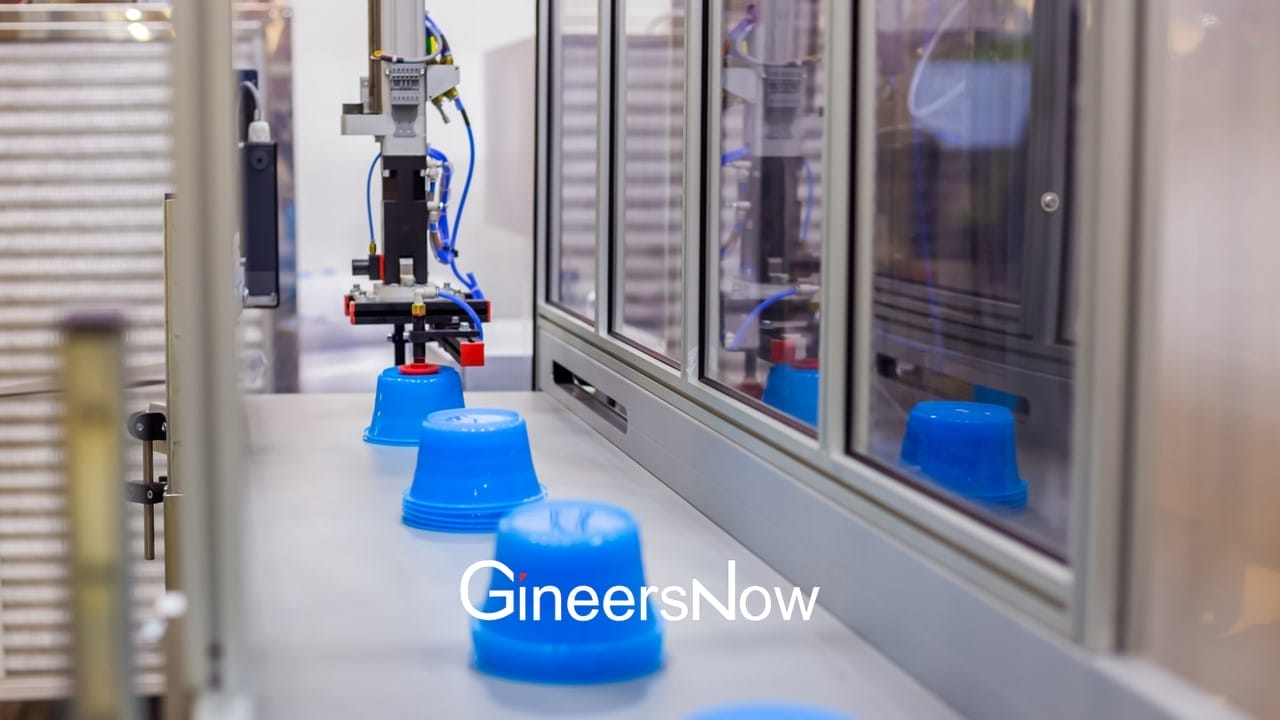Here’s your guide on choosing the proper material for injection molding.
There are lots of material for injection molding such as plastics available on the market right now. As a result, material selection for injection molding can be a difficult decision. Many properties must be considered while selecting the best materials for injection molding such as plastics. For example, the top attributes to check are strength, flexibility, weight, and cost. To help you, this article will discuss the common materials for injection molding that engineers can use and the factors to consider before choosing a suitable material.
Types of Plastics Materials
The following are the top five most commonly used plastic resins in injection molding:
- Polypropylene – This rigid material possesses insulating qualities and is chemical and fatigue resistant; nonetheless, it is combustible and UV radiation sensitive.
- Low-Density Polyethylene – This is a type of plastic with a low density. LDPE is a low-cost, easy-to-process, flexible, and high-strength plastic with a translucent appearance and chemical and moisture resistance.
- Acetal – Acetal, also known as polyoxymethylene or polyacetal, is a thermoplastic with excellent wear resistance, toughness, creep and chemical solvent resistance, minimal moisture absorption, and heat distortion.
- Styrene-Butadiene Acrylonitrile – This plastic-type has excellent strength, hardness, impact, and temperature resistance. It’s simple to mold and has a high-quality glossy finish.
- Polystyrene – This low-cost material has high strength, dimensional stability, impact resistance, and aesthetic qualities. It’s incredibly customizable and simple to glue, print, bind, and decorate.

How to Choose the Right Material
Material Cost
The cost of materials is the most significant factor to consider when deciding. However, while cost should be considered, it should not take precedence over other factors. Nylon is the most expensive of the common material for injection molding, while polyethylene is the least expensive.
The Hardness of the Material
When selecting material for injection molding, hardness is an essential factor to consider. Every plastic material is rated using Albert Shore’s hardness scale. Plastics are classified into types A and D using Albert’s durometer scale.
Soft plastics are classified as Type A, whereas hard plastics are classified as Type D. Each scale goes from zero to one hundred. The hardness of a material is crucial because it reflects its environmental compatibility and abrasion resistance.
Material Properties
Start with a detailed understanding of the product’s intended use.
- What will it be used for?
- How long does it have to last?
- What will the product’s environmental and mechanical conditions be?
- What cosmetic or other performance qualities do you want your product to have?
- What are your product’s economical and cost constraints?
Material Flexibility
There is a misunderstanding about the relationship between material hardness and flexibility. The general consensus is that soft plastic materials should be flexible, while hard plastics should be rigid. However, flexible and soft plastics are available. They can be both rigid and pliable. You can choose the material flexibility according to your requirements.
Chemical Components
When selecting a material, you should also examine the presence of additional chemical elements. For example, if a plastic material includes Bisphenol-A, it’s not suitable for use in the food industry. Transparency, color, and the ability to mix components should also be considered.
Endnote
All materials have their own qualities, so it’s critical to consider the overall defining characteristics of each material category you choose. Keep in mind that if you believe the material lacks some aspects, you can always fine-tune it with additives and fillers to get the properties just right.












